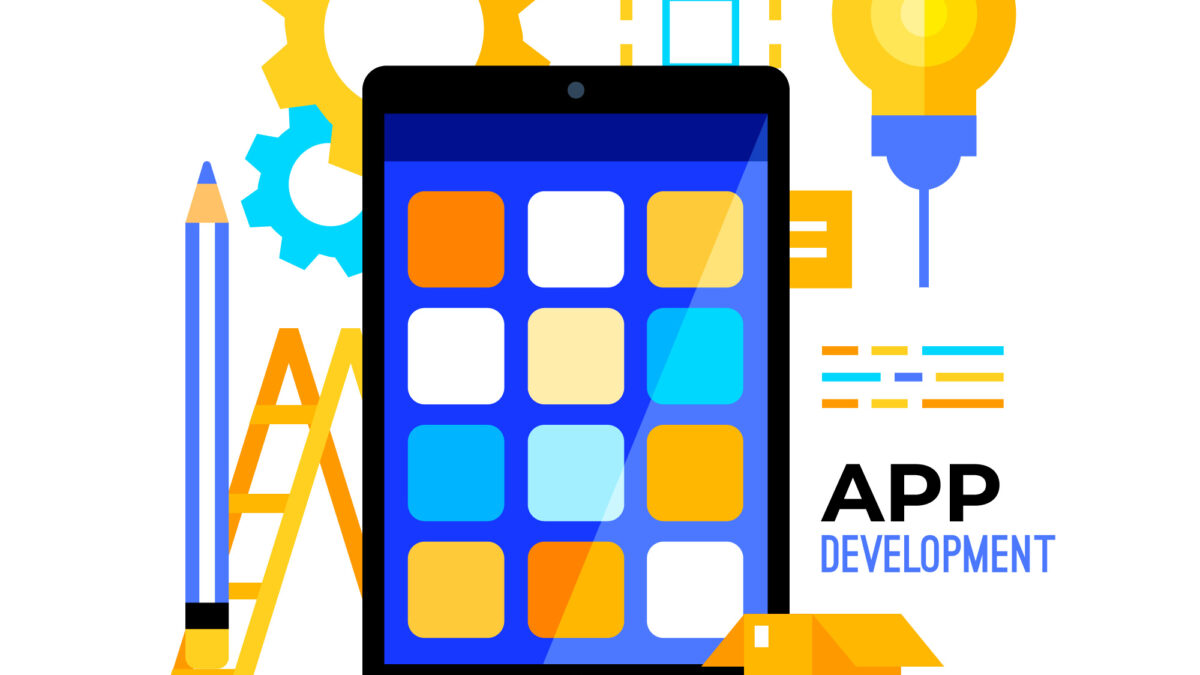Web and mobile app development service is a rapidly evolving field that constantly introduces new trends and technologies. These trends shape how we build and interact with applications, offering enhanced functionality, improved user experiences, and increased efficiency.
This article aims to delve into the major web and mobile app development trends and substantiate them with concrete examples from the real world.
From progressive web apps and single-page applications to cross-platform development and AI integration, these trends drive innovation and reshape the future of application development. Let’s dive into the exciting world of web and mobile app development trends and discover how they are building the future of digital experiences.
Top Trends in Web Development:
1. Progressive Web Apps (PWAs):
Progressive web app development offers users a native app-like experience while combining the best features of web and mobile apps. These applications provide offline capabilities, push notifications, and improved performance. PWAs are becoming increasingly popular as they eliminate the need for separate app development for different platforms and provide a consistent user experience across devices. Examples of PWAs include Twitter, Lite, Pinterest, and Alibaba.
2. Single-Page Applications (SPAs):
Single-page applications are web applications that dynamically update the content on a single web page instead of loading new pages from the server. This approach enhances the user experience by providing faster navigation and responsiveness. Popular frameworks for building SPAs include React.js, Angular.js, and Vue.js. Examples of SPAs include Gmail, Google Maps, and Trello.
3. Serverless Architecture:
Serverless architecture, also known as Function as a Service (FaaS), allows developers to build and run applications without managing infrastructure. In this model, the cloud provider handles the server management, auto-scaling, and availability, while developers focus on writing the application logic. Serverless architecture offers benefits like reduced costs, scalability, and faster time to market. Examples of serverless platforms include AWS Lambda, Azure Functions, and Google Cloud Functions.
4. Microservices:
The Microservices architecture involves creating apps by dividing them into small, independent services that aren’t strongly linked to each other. These services are designed to handle specific business functions and communicate with other services through clearly defined APIs. This approach allows individual services to be developed, deployed, and scaled without affecting the entire application. Microservices enable faster development, scalability, and better fault isolation. Popular frameworks for building microservices include Spring Boot, Node.js, and Django. Examples of microservices architecture include Netflix, Uber, and Airbnb.
5. Motion UI:
Motion UI is a trend that focuses on adding subtle animations and transitions to web interfaces to enhance the user experience. These animations include hover effects, scrolling animations, loading animations, and transitions between pages or elements. Motion UI helps to engage users, provide visual feedback, and guide them through the user interface. Frameworks like Animate.css and libraries like GSAP (GreenSock Animation Platform) are commonly used to implement motion UI.
Top Trends in Mobile App Development:
1. Cross-Platform App Development:
By utilizing cross-platform app development, developers can create mobile applications operating on various platforms, like iOS and Android, with just one codebase. This approach can save time and resources. This eliminates the need for separate codes for each platform. Popular cross-platform frameworks include React Native, Flutter, and Xamarin. Notable examples of cross-platform apps include Airbnb, Facebook Ads Manager, and Instagram.
2. Augmented Reality (AR) and Virtual Reality (VR):
AR and VR technologies are revolutionizing mobile app development by providing immersive and interactive experiences. AR adds virtual objects to the real world, while VR creates entirely virtual environments. These technologies are used in various fields, including gaming, e-commerce, education, and healthcare. Examples of AR apps include Pokémon Go, Snapchat, and IKEA Place, while VR apps include Oculus VR, Google Cardboard, and HTC Vive.
3. Internet of Things (IoT) Integration:
The Internet of Things involves connecting everyday objects to the Internet, enabling them to send and receive data. Mobile apps play a crucial role in controlling and interacting with IoT devices. With IoT integration, mobile apps can control smart home devices, wearable devices, industrial equipment, and more. Examples of IoT-integrated apps include Philips Hue, Nest, and Fitbit.
4. Artificial Intelligence (AI) and Machine Learning (ML):
AI and ML technologies drive innovation in mobile app development. They enable apps to provide personalized recommendations, natural language processing, image recognition, and predictive analysis. AI-powered chatbots are becoming increasingly popular in customer support and virtual assistant apps. ML algorithms can also be used for data analysis, pattern recognition, and anomaly detection. Examples of AI and ML in mobile apps include Siri, Google Assistant, and Netflix’s recommendation system.
5. Mobile Wallets and Contactless Payments:
Mobile wallet apps have gained significant popularity with the increasing adoption of mobile payments. These apps allow users to make secure payments, store digital payment cards, and perform transactions through NFC (Near Field Communication) technology. Mobile wallets also provide features like loyalty card integration, peer-to-peer payments, and expense tracking. Examples of mobile wallet apps include Apple Pay, Google Pay, and PayPal.
These are some of the top trends in web and mobile app development. As technology evolves, new trends will continue to emerge, shaping the future of web and mobile app development.


